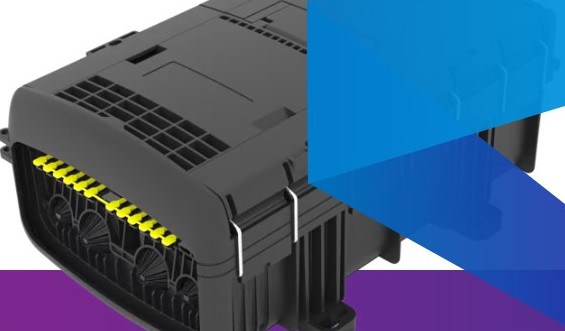Broadband networks
Keeping up with the acceleration of broadband
High-speed data, interactive apps, streaming video and the rise of high-definition content continue to put pressure on networks’ upstream and downstream bandwidths. To keep customers satisfied, service providers need to evolve their copper, fiber and hybrid fiber coaxial (HFC) network infrastructure.
At CommScope, we’re always looking ahead. You can count on us to deliver solutions that anticipate the demand for bandwidth without boundaries. Whether you’re expanding your fiber footprint or updating your central office, let us help your network reach its full potential with products and professional services that fast-forward the design, build and transformation of your network.
Challenges and opportunities

Bringing high-quality broadband services to everyone
Broadband is so critical that it’s becoming known as the fourth utility. For network operators, the time is now to bring broadband to every community and everyone, no matter where they live.

Next-Generation PON
Cloud-to-edge next-gen PON solution that is a flexible, truly open, and dynamic platform that meets today’s needs, while making it easy to evolve to what’s next.

Virtualizing the Headend—vCCAP Evo™
CommScope’s Virtual Headend platform optimized for broadband and video delivery. Flexible and elastic, a virtual platform designed for growth and flexibility.

DOCSIS 3.1 migration
Experience, product & services for accelerating DOCSIS 3.1 deployment.

DOCSIS 3.1 Enhanced Network Optimization
D.31Enhanced (D3.1E) is an economical way to monetize existing network assets while optimizing your network’s performance.

DOCSIS 4.0
DOCSIS® 4.0 is the new, ground-breaking iteration of DOCSIS. DOCSIS 4.0 expands operation in the HFC cable access network to up to 1.8 GHz in the downstream and up to 684 MHz in the upstream.

Migrating to distributed access architecture (DAA)
Video and data solutions for cable network distributed access architectures; Data Core, Video Core and Access Edge.

Broadband network cabling and connectivity
Passive infrastructure solutions for xDSL, HFC and FTTH networks.

10G broadband access network
The path to 10G Broadband will enable cable networks of the future to achieve higher speeds, lower latency and be more secure.

Network intelligence & automation
Analytics-driven network management platforms for optimized network operations and proactive fault resolution.

Rural Digital Opportunity Fund (RDOF)
With solutions and expertise to help you maximize the RDOF opportunity, CommScope is your partner of choice for rural broadband.

Low Latency DOCSIS
CommScope's LLD solution selects delay sensitive traffic and puts it in the fast lane, providing the best latency from the home to the internet and back.
Why CommScope?
Global leader
With over 70 years of delivering quality solutions to major cable and telco operators, CommScope is uniquely positioned to offer real-world expertise and solutions that address all aspects of service delivery.
End-to-end solutions
Whether you need copper, fiber, wireless, indoor, outdoor, active or passive optical, CommScope has you covered. Not only do we offer industry-leading products, but we have the expertise to help you select the right solution to maximize your network.
Trusted advisor
We shape the networks of the future. With 1,300 Professional Services experts worldwide, we’re poised to help decide, design and deploy your next-generation network.
Premium quality
At CommScope, we understand the importance of creating a rugged and reliable network. That’s why we offer only quality solutions that are built to last.
Featured resources

Maximizing Fiber Efficiency in FTTH Networks
Webinar
Fierce Network and CommScope discuss how innovative architectures help you do more with less—reducing fiber use, speeding deployments and scaling fiber-to-the-home (FTTH) networks for the future.

Engineering the Future of Broadband
Video
As demand for lightning-speed internet grows, service providers face complex challenges like expanding network infrastructure all while ensuring reliability and affordability. At CommScope, we deliver breakthrough technology that simplify fiber deployments, boost productivity and lower total ownership costs. See how CommScope broadband solutions build future-ready networks that keep communities connected—backed by decades of engineering excellence for long-term stability and growth.

Simplify Fiber Installations with a High Density OFDC-C12
Interactive Brochure
Meet the new generation of Outdoor Fiber Distribution Closures (OFDC) from CommScope. With modular design, advanced gel sealing and increased splice capacity, the High Density OFDC-C12 simplifies training and speeds up deployment. Whether mounted on a strand, pedestal, pole or placed underground, OFDC adapts seamlessly to your network needs.

From the Network to the Racetrack: Performance Matters Most
Infographic
Just like in racing, broadband deployment demands more than speed—it takes precision, endurance and teamwork. CommScope delivers all three. From your starting grid to the final lap, we help you build fast, deploy smart and stay ahead.



